The Meiji Reformation
The Buddhist temples throughout Japan had worked hand-in-hand with the Shogunate to help prevent the spread of Christianity in Japan. Now that the Shogunate was gone, anti-Buddhist sentiment in the country boiled over into a violent response.







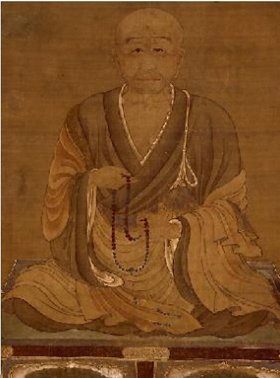



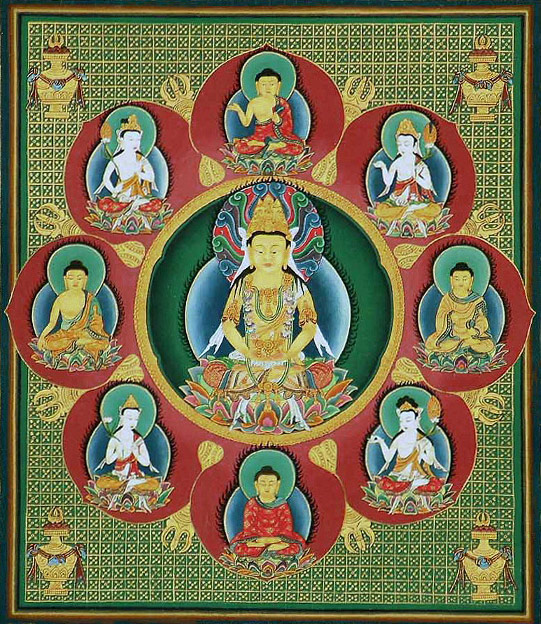










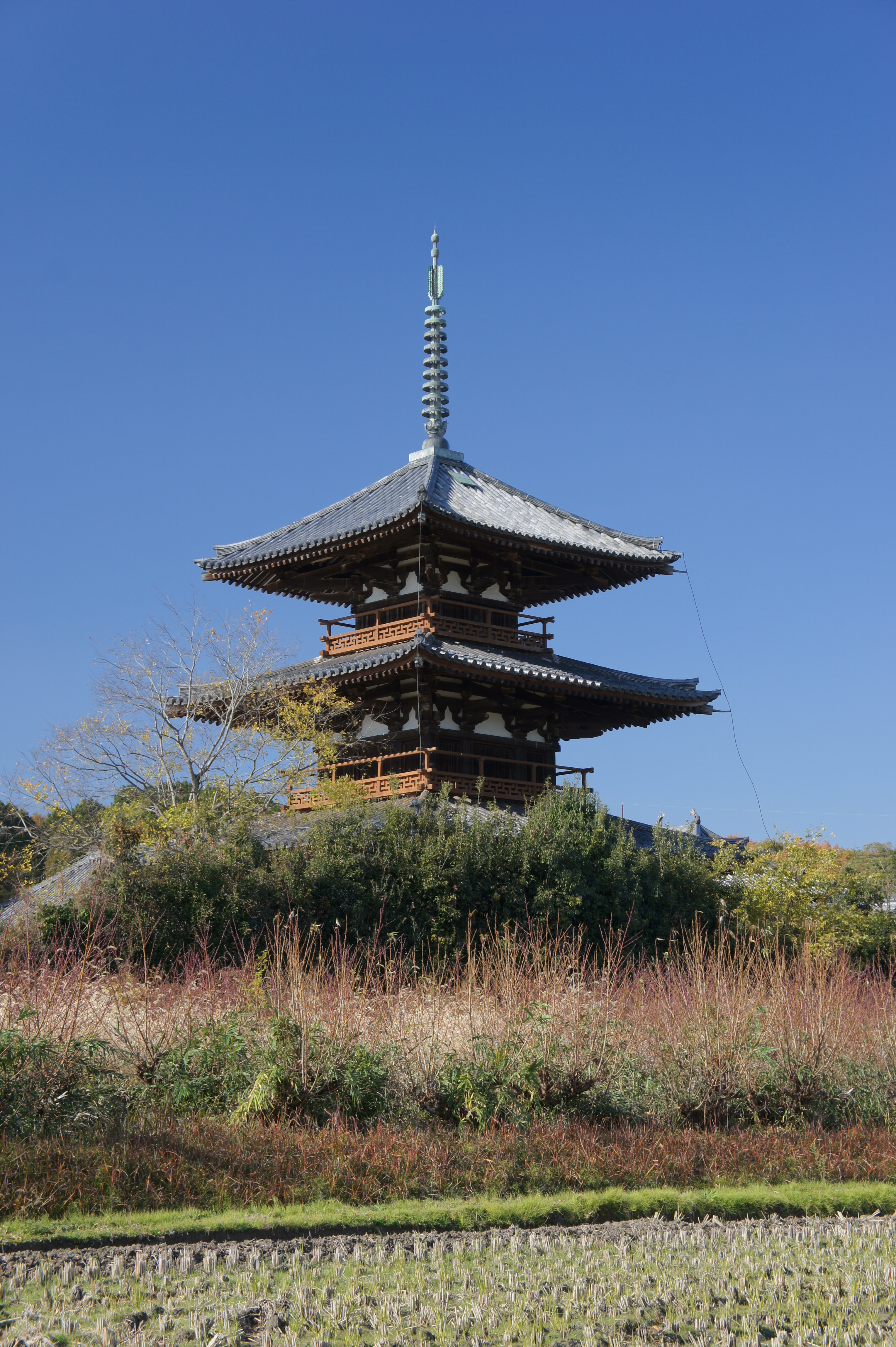


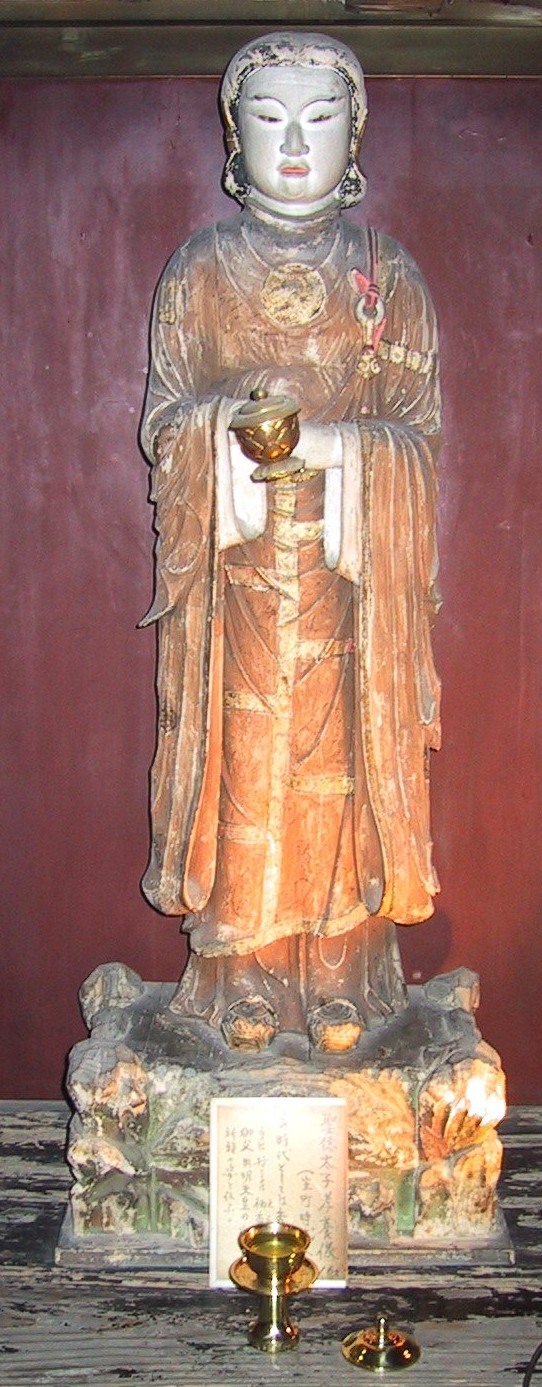
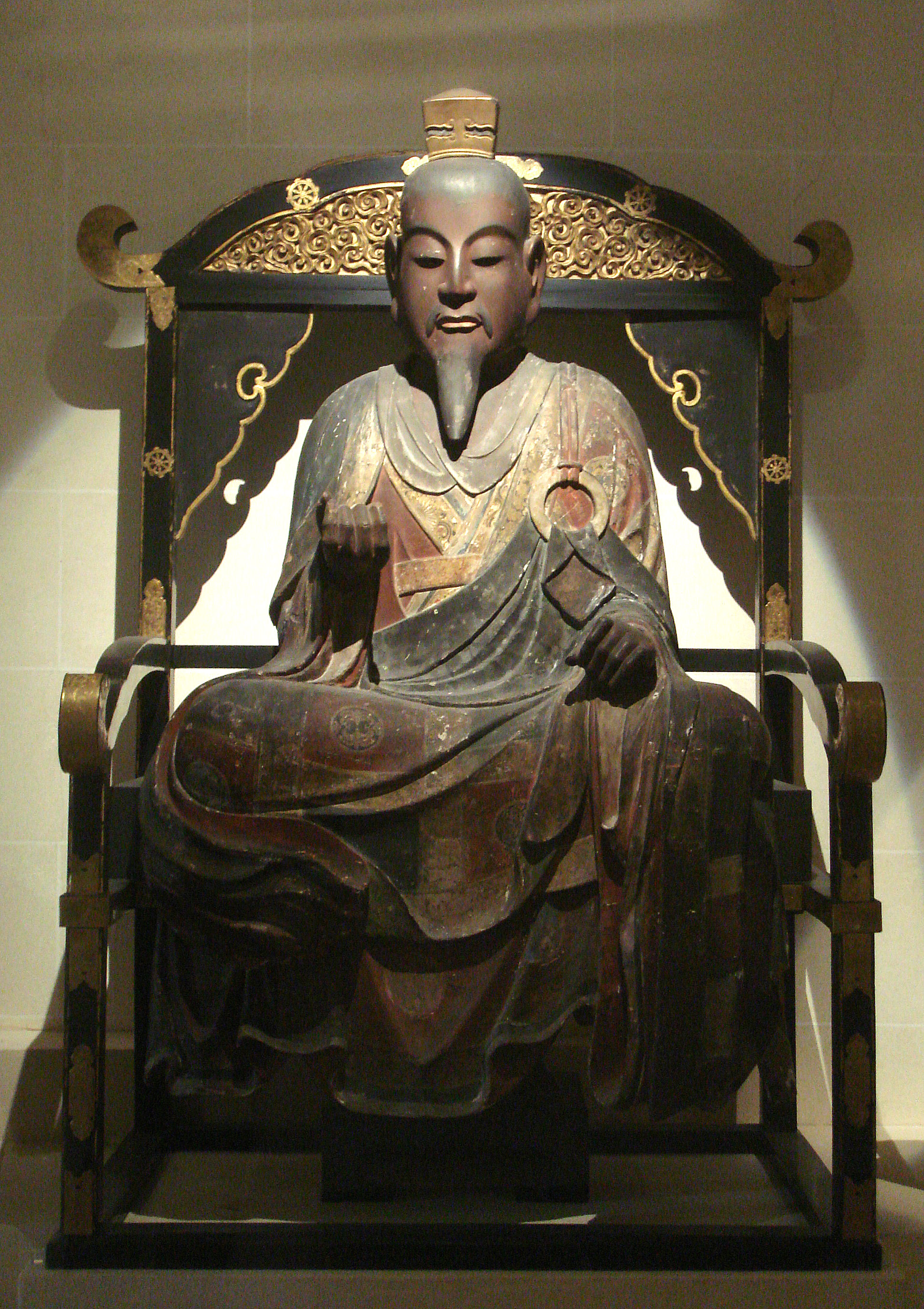


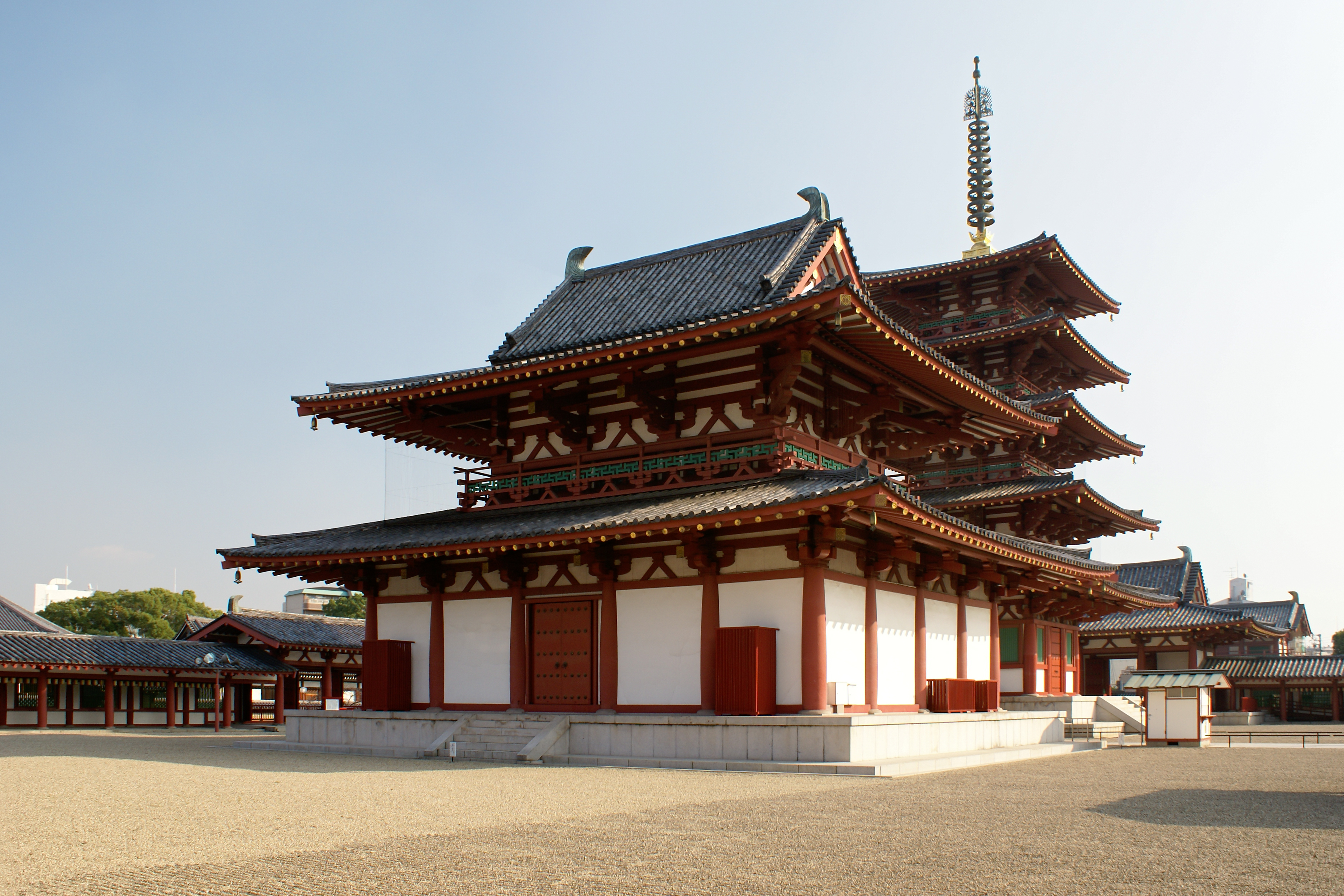
Recent Comments